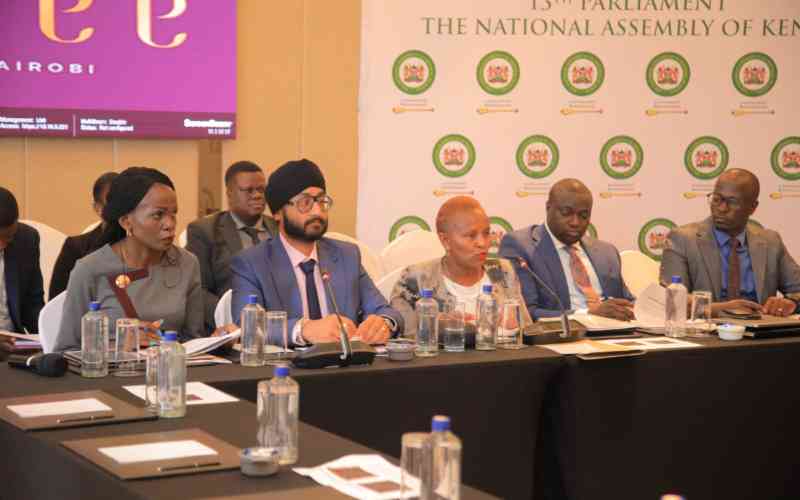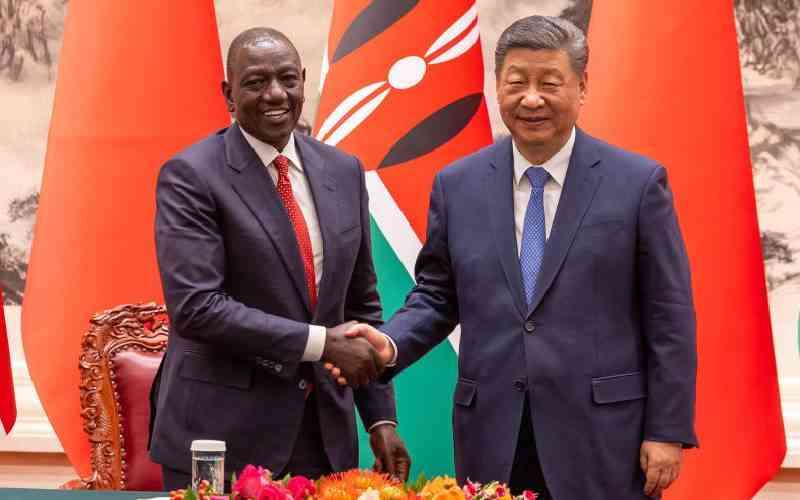×
The Standard e-Paper
Join Thousands Daily

A paltry 0.3 per cent of climate finance reaches 35 million family farmers who produce a third of world food, a new analysis has revealed.
The analysis of small-scale producers in Africa, Asia, Latin America, and the Pacific, surfaces just ahead of the COP 28 summit set to establish a Global Goal for Adaptation.







